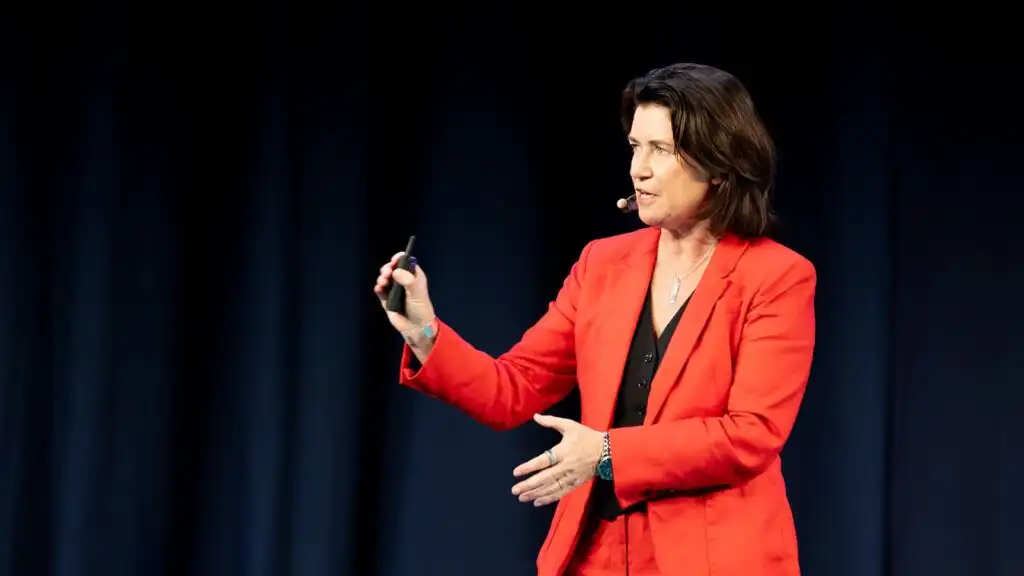Teen work hours surged 17.5% year-on-year, with younger hires stepping into the spotlight amid shifting workforce dynamics, according to the Employment Hero AU June Jobs Report.
Teenagers are fast becoming a backbone of the Australian workforce, with 14–17-year-olds showing the strongest gains in work hours, wages and employment in June. According to the Employment Hero AU June Jobs Report, hours worked by this group soared by 17.5% year-on-year, while employment grew 31.2% and wages jumped 10.2%.
The findings are drawn from aggregated, anonymised real-time data from over 300,000 businesses and 1.2 million employees using the Employment Hero platform. The report provides detailed insights into Australia’s small to medium-sized business labour market, with figures broken down by state, industry, age and employment type.
Last month, Employment Hero reported that “Australian businesses are betting big on Gen Z employees” in its May Jobs Report. But in June, that focus appears to have tilted even younger, with teen workers now leading growth across multiple metrics.
Employers Turn to Teens
While Gen Z workers aged 18–24 also performed strongly, employment in this group rose 19.1% and wages by 7.2% YoY, the surge among 14–17-year-olds is more pronounced and sustained. One major reason may be economic: median salaries for 18–24-year-olds are now approximately 80% higher than those for 14–17s, translating to a gap of about $15 per hour.
“Small and medium-sized businesses are increasingly hiring younger Australians, and it’s not just about cost,” says David Holland, Managing Director of Talent Marketplace at Employment Hero. “The flexibility and eagerness of younger hires makes them well suited to the needs of today’s employers. But it’s clear that pay gaps and workforce structure are playing a big role too.”
This wage divide is the largest of any age group and may be contributing to a steady rise in demand for teen workers, especially in casual and part-time sectors.
Generational Shift in the Making?
Despite strong year-on-year figures, Gen Z is showing early signs of a slowdown. Though still outperforming in broad terms, their employment and wage growth have eased compared to earlier periods.
Meanwhile, more mature age groups continue to earn significantly more. The highest median salaries are found among 45–54-year-olds, with the 35–44 age bracket close behind. These figures suggest a dual squeeze on younger workers: teens are being hired more often, while early-career Gen Z professionals may be facing pressure from both ends of the generational spectrum.
Casual and Part-Time Roles Drive the Surge
Youth employment gains have largely been concentrated in casual and part-time roles, which offer the kind of flexible arrangements that appeal to both teens and employers. Casual employment rose 11.7% YoY, while part-time employment increased 3.1% YoY.
These job types also reflect the kinds of roles often available to school-aged Australians flexible hours, fewer obligations, and a lower entry barrier. As cost-of-living pressures persist, many households may be encouraging teen work as a way to supplement family income.
Notably, 2024 has been led by pay growth in the two youngest age brackets. But in recent months, 14–17-year-olds have begun outpacing even 18–24s in salary increases, further highlighting the shift.
Looking Ahead
The increasing reliance on young workers carries long-term implications. On one hand, early workforce entry can provide critical experience and financial literacy for teens. On the other, it raises questions about support structures, job progression, and how these early employment patterns will shape careers in the future.
For SMEs, the takeaway is clear: hiring patterns are evolving. Businesses are adapting to cost and flexibility demands by tapping into previously underutilised labour pools, especially the youngest segments of the workforce.
Read the full AU June Jobs Report here.


























